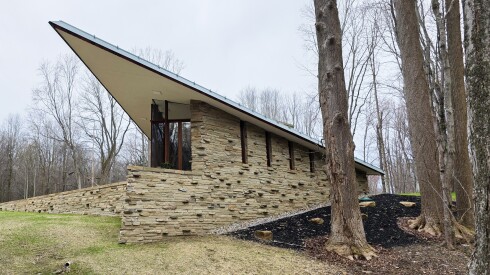What started as one man’s simple hobby has turned into a Houston landmark that attracts visitors from across the country: The Beer Can House. Back in 1968, owner John Milkovisch, a retired upholsterer for Southern Pacific Railroad, realized he really enjoyed drinking beer but was tired of throwing his cans away. Instead, he decided to recycle them as decorations for his house, from aluminum beer-can siding to beer can garland that hangs from the roof’s edge. Now, 50,000 cans later, it’s a stunning work of art that stands as a testament to, well, beer. Admission is $5; children 12 and under are free. From June through August, the Beer Can House is open Wednesdays through Sundays from 12-5pm. From September through May, it’s open Saturdays and Sundays from 2-6pm. The Beer Can House is closed on most major holidays.
More Recommendations
Beer can house
While in Texas we went and visited one of the oddities of this city and that is the Beer Can House. It’s a house taped entirely by beer cans, caps, and the metal sheet of the beer can, built by John Milkovisch starting 1968. He used more than 50.000 cans of beer, which were consumed by himself, family and friends, for this project. It was on the list of things to do in Houston so we gave it a try. Glad I did. This is what I love most about the US. The weird things you find everywhere. For the tour it’s $5 and kids under 12 go free.
Liquid Assets
Driving down the street in Houston, I literally have to screech to a halt. I am late for a date to meet a cousin I haven’t seen in years, but I am temporarily distracted by a glowing red light and the sound of a ‘singing house.’ Or a really big wind chime, whichever you prefer. This is the beer can house, built by John Milkovisch, a retired upholsterer for the Southern Pacific Railroad. He began the house in 1968 and inlaid an estimated 50,000 beer cans into every part of his house. Yes, even the mailbox and the windmill. Though available for tours during reasonable hours of the day, the house was closed when I was there (I didn’t get to go in), but I am told that the interior is quite a sight. Cheers Mr. Milkovisch. Here’s to flying in the face of the property value and environmental art, but mostly scoffs from your 1968 neighbors. Some say you were a drunk. I say you were a pioneer of recycling—and a thirsty one.























